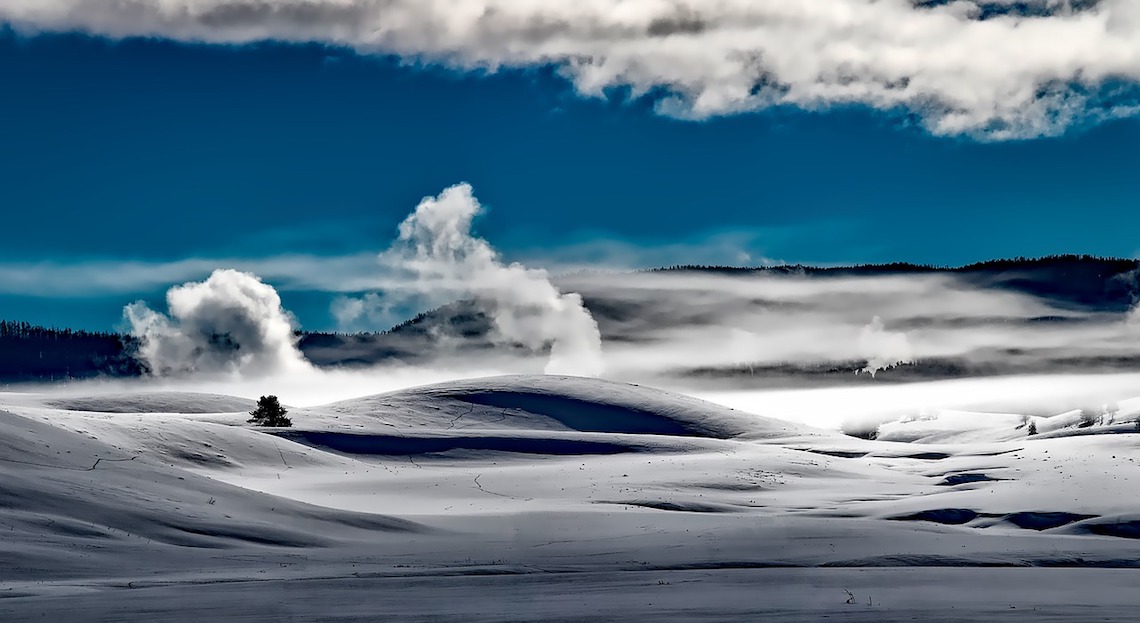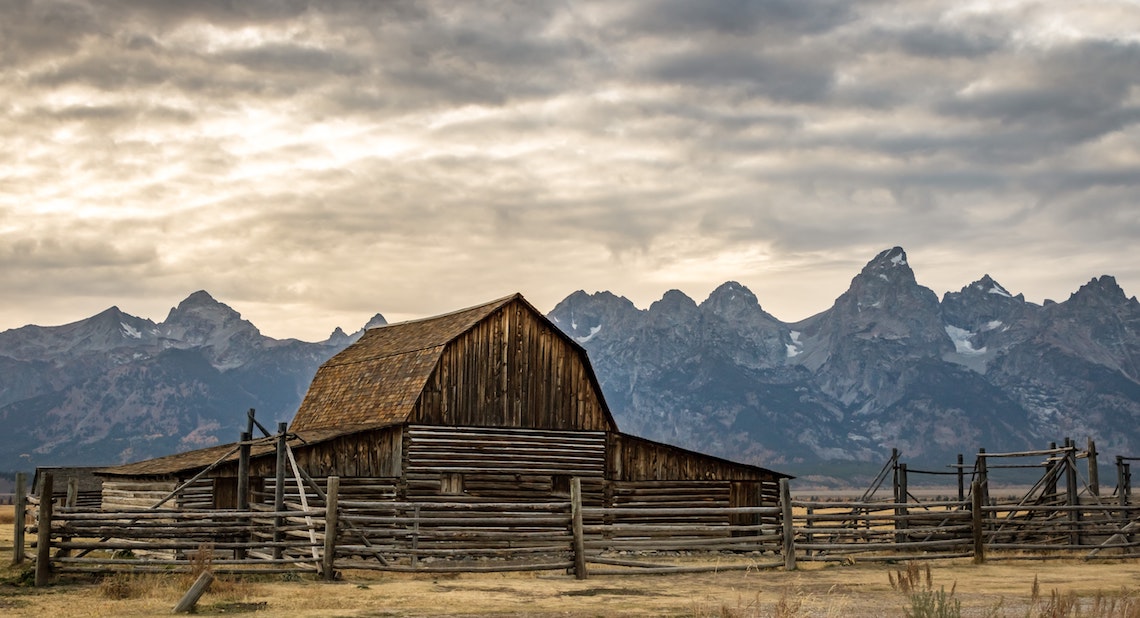Spanning a length of 3,000 miles, stretching from Western Canada into Southwestern America, the Rocky Mountains are one of the most impressive mountain ranges on earth. Contained within the peaks and valleys is everything a traveller could want when searching for an adventure in the States.
In the USA, much of the land surrounding the range is given protected National Park status, and we’ve teamed up with e-Visa, providers of an electronic system for travel authorisation (ESTA) for America, to highlight five National Parks in the Rockies you need to visit in your lifetime.
Great Sand Dunes National Park

We’ll kickstart this list with one of the most other-worldly destinations you can think of, the Great Sand Dunes National Park. Located in the San Luis Valley, these vast sand dunes have filled with sediment from the surrounding towering mountains over thousands of years.
Hitting a maximum height of 229m, they’re the tallest sand dunes in North America and seem to exist in complete contrast to the snow-capped peaks that border them.
The dunes are popular with hikers, who explore the wind-swept peaks and ridges, although anyone venturing out into the dunes should be aware that the sands get extremely hot in summer. If you’re looking for a fun and a truly unique experience we’d recommend hiring some sand-boarding or sand-sledding equipment as you enter the park, before spending the day hiking the dunes and sliding back down them.
Glacier National Park

If there’s one word to describe Glacier National Park, it’s ‘stunning’. Covering almost 2,500 square miles of land directly adjacent to the Canadian border, the national park has been carved into the landscape over time by repeated glacial activity (hence the name). This process has left deep valleys, sheer rock faces, and hundreds of crystal clear glacial lakes for visitors to enjoy.
Taking a hike through this mind-blowing region is a popular way to spend a visit, and luckily Glacier features almost 700 miles of trails to explore, ensuring you’re unlikely to run out of new sights. However, it’s worth noting snowfall and avalanche risks can limit access to the backcountry until summer is in full swing, so time your visit wisely.
You’re also highly likely to catch a glimpse of some remarkable wildlife if you go hiking through the national park. Plenty of impressive animals call Glacier home, including mountain goats, grizzly bears, and even the lynx. Keep you eyes peeled!
Yellowstone National Park

Fans of disaster movies may be familiar with Yellowstone National Park, the home of the Yellowstone Caldera, a so-called ‘super-volcano’. While the volcano is now considered dormant (it’s only erupted three times in the last two million years), the volcanic geology of the area has led to a number of unique natural phenomena which need to be seen to be believed.
Around half of the world’s geysers and hydrothermal features can be found in the park, perhaps the most famous of which is the ‘Old Faithful’ which has erupted at least once every two hours for the last twenty years, shooting boiling water up to 50m in the air.
It’s a magnificent sight, although we’d suggest you avoid the doomsday movies before your visit so you can enjoy the park without thinking: ‘what if…?’
Grand Teton National Park

Named after the Grand Teton mountain, which is the tallest peak in the park and tops out at 4,199m (pictured third from the right), the Grand Teton National Park is a hugely popular destination for mountaineers. Featuring what are widely regarded as some of America’s classic climbs, the huge peaks of the Teton Range are alluring for keen climbers looking to bag some summits, many of which can be climbed in just one day.
Below the clouds, the national park boasts a rich and varied human history which is well worth learning in one of the many visitor centres. Find out how the first paleo-Indians came to settle on the land some 11,000 years ago, before fur-trappers began to launch expeditions into the area in the early 1800s to fuel a booming trade.
You can even enjoy your own taste of trekking across this land when winter sets in, as guided snow-shoe tours give adventurers the chance to the see the landscape in a completely different way.
Black Canyon of the Gunnison National Park

As author Duane Vandenbusche put it: “Several canyons of the American West are longer and some are deeper, but none combines the depth, sheerness, narrowness, darkness, and dread of the Black Canyon.”
It’s a hell of an introduction for the canyon from which the national park gets its name. While the 12 mile section that cuts through the park only represents a quarter of the canyon’s total length, it’s here that the canyon is at its most stunning and awe-inspiring.
A deep scar in the landscape, the walls are sheer, steep, and almost perpetually sheltered from the rays of the sun, hence the nickname ‘Black Canyon’. Dangle your legs over the sides, if you dare…
Digital ESTA for America
If you’re looking to travel to America to visit any of these national parks you may well need to apply for an electronic system for travel authorisation (ESTA). These can be applied for online, rather than having to go into an embassy as you would with a visa, and can be set up within three days, although urgent applications can be processed in just one hour.
e-Visa provide a ESTA visa permit for America, and we advise any would-be adventurers to head over to their website to find out more about the requirements for the ESTA.


